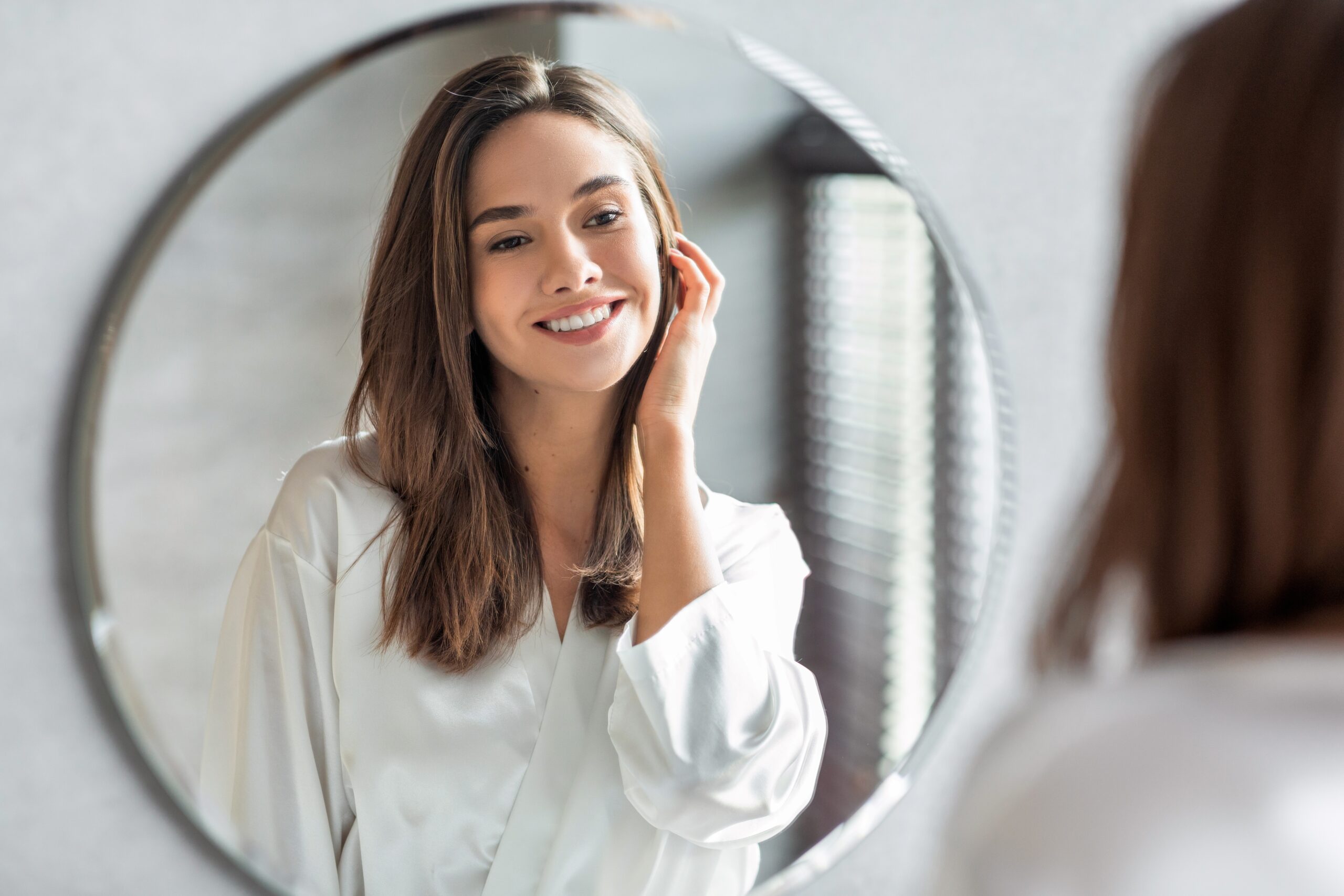Regrow Naturally with PRF Hair Restoration
What is PRF Hair Restoration?
PRF (Platelet-Rich Fibrin) Hair Restoration uses a small sample of your own blood to harness the healing power of platelets and growth factors. Once processed, the PRF is gently injected into areas of thinning hair to:
- Reactivate dormant follicles
- Improve scalp circulation
- Support thicker, healthier growth over time
At Belle Jeunesse, we further enhance your results with exosomes—tiny vesicles naturally rich in growth factors—and recommend Plated Hair Serum for ongoing at-home scalp support. Together, this combination nurtures the scalp, reduces shedding, and helps extend the growth phase of your hair cycle.

Why Belle Jeunesse?
We go beyond traditional PRF by combining it with advanced regenerative technologies for more sustained results:
- Exosomes deliver concentrated growth factors to strengthen hair follicles
- Plated Hair Serum supports density and thickness at home between treatments
Benefits of PRF Hair Restoration
- Increases hair thickness and density
- Reduces shedding and supports healthier follicles
- Stimulates new growth using your own natural biology
- Enhances scalp health and circulation
- Minimally invasive with little to no downtime
What to Expect
- Consultation:
We’ll assess your scalp and hair health to design a customized plan. - Treatment: A small blood sample is drawn and processed, then the PRF is gently injected into targeted scalp areas.
- Post-Care:
Most patients return to normal activities the same day. You may experience mild tenderness or redness for 24–48 hours.
A series of treatments is recommended for best results, followed by maintenance sessions as needed.
Who is a Candidate?
FAQs
How is PRF different from PRP?
PRF uses a slower processing method that avoids additives and preserves more natural growth factors, which can lead to longer-lasting results with fewer treatments.
When will I see results?
Most patients notice improvement in shedding and early new growth within a few months, with full results building over 6–12 months.
How many sessions will I need?
Most patients benefit from a series of 3–6 treatments spaced 4–6 weeks apart, followed by maintenance every 6–12 months.
Does it hurt?
There may be mild discomfort during injections, but the procedure is generally well tolerated and requires no downtime.
Disclaimer
PRF Hair Restoration, exosomes, and Plated Hair Serum are not FDA-approved specifically for hair restoration. These treatments are considered “off-label,” meaning they are used based on clinical judgment and supporting evidence. A consultation is required to determine if this treatment is appropriate for you.
Ready to Take Back Control of Your Hair?
Book your PRP Hair Restoration consultation today and rediscover thicker, stronger hair—powered by your body’s own growth factors.
